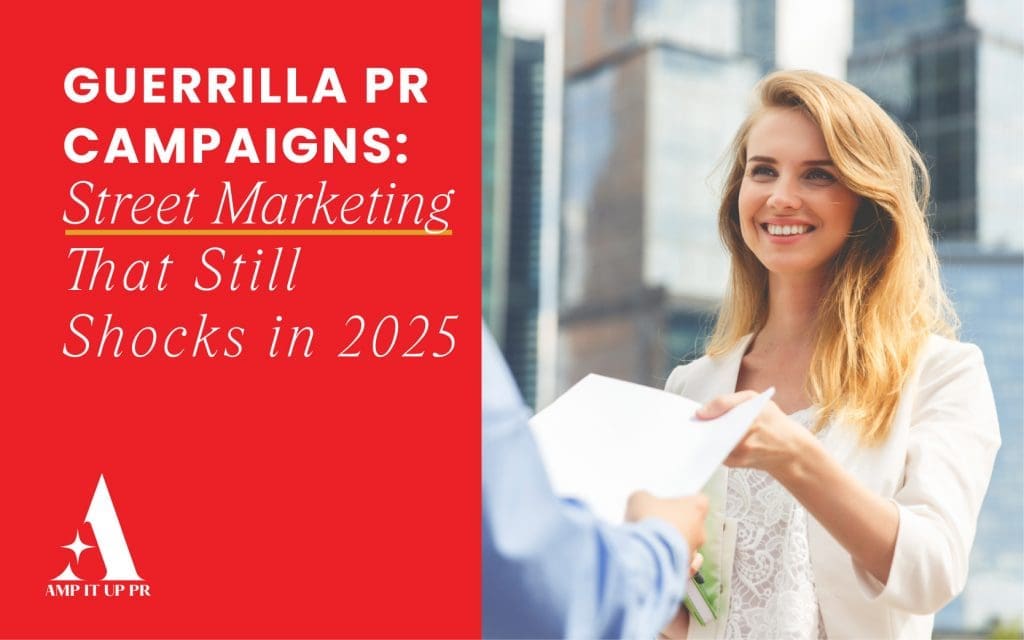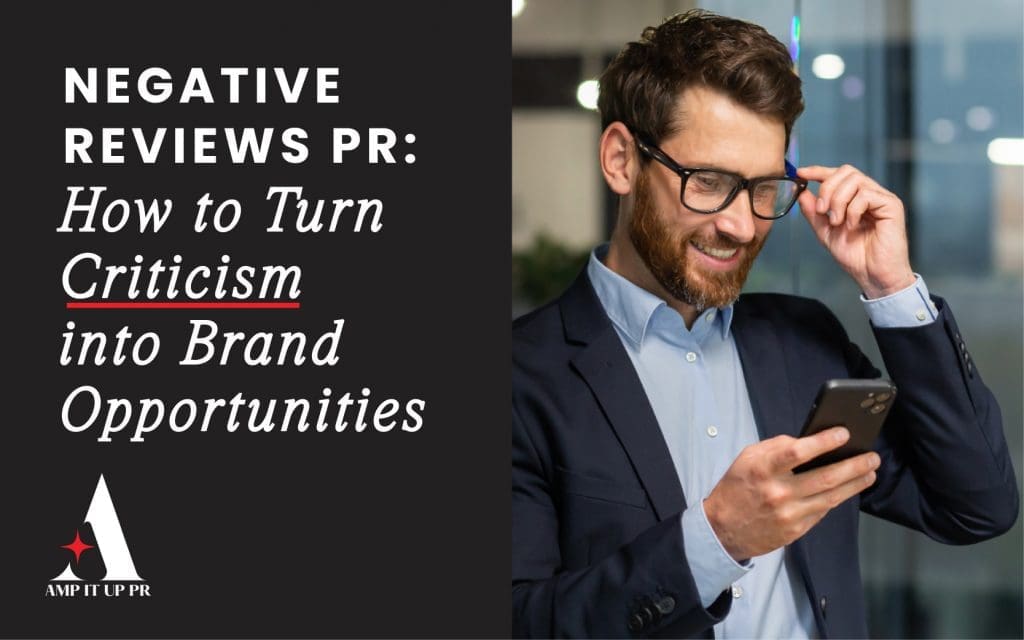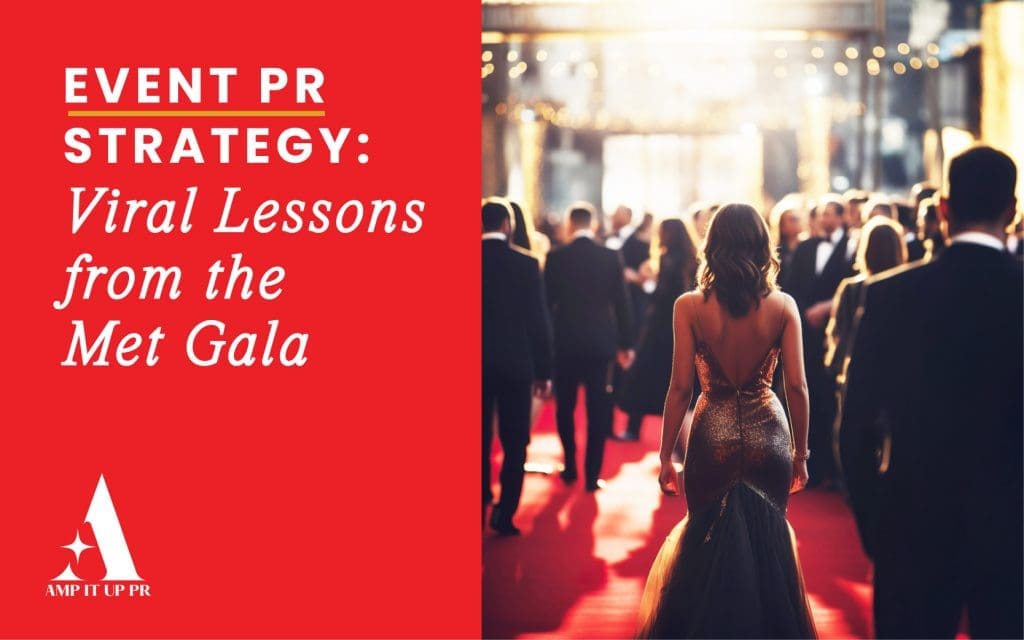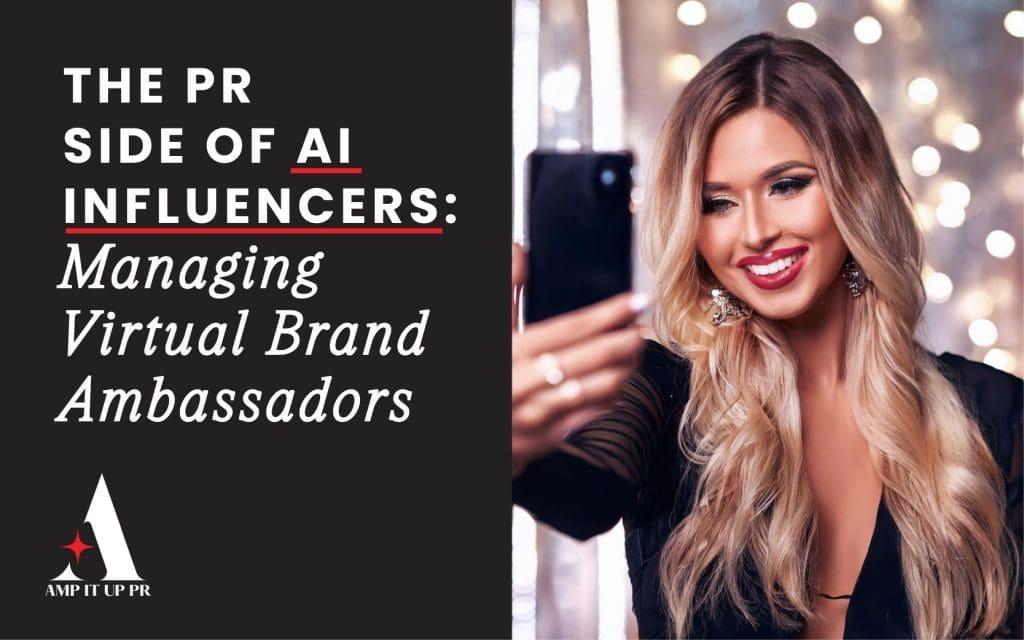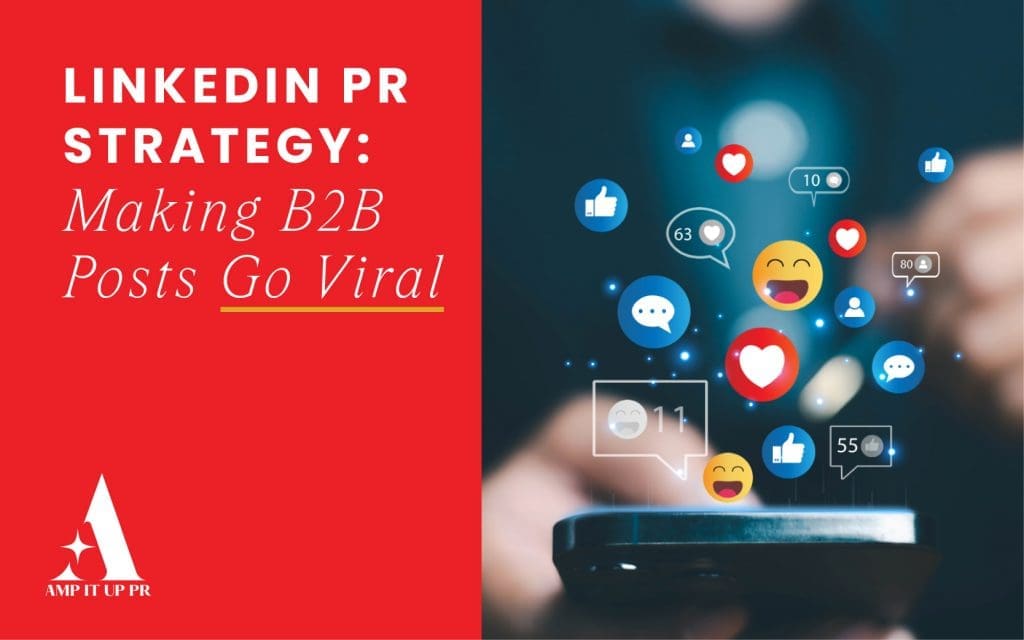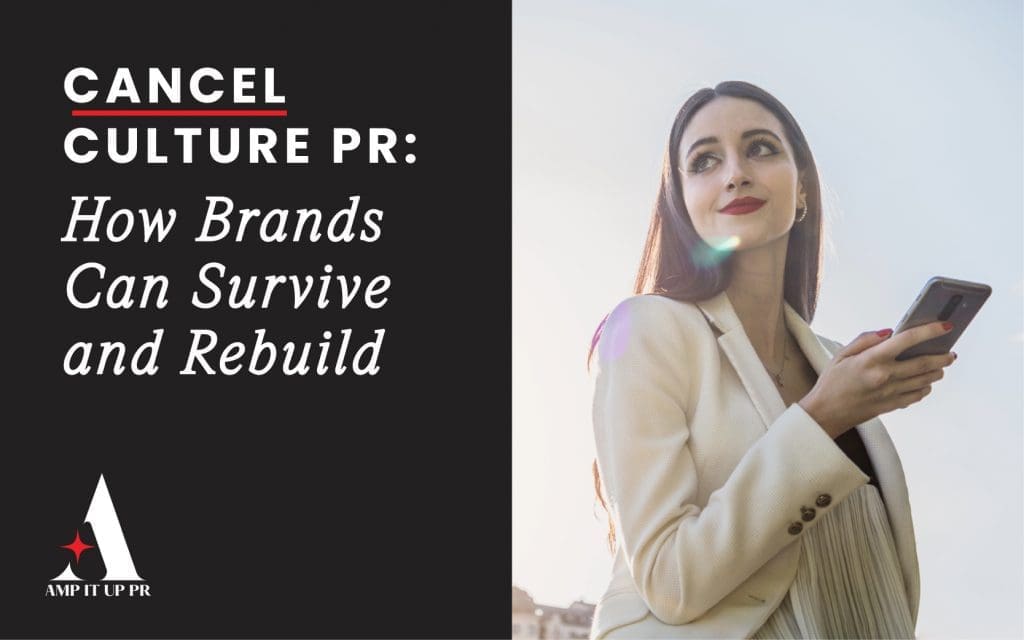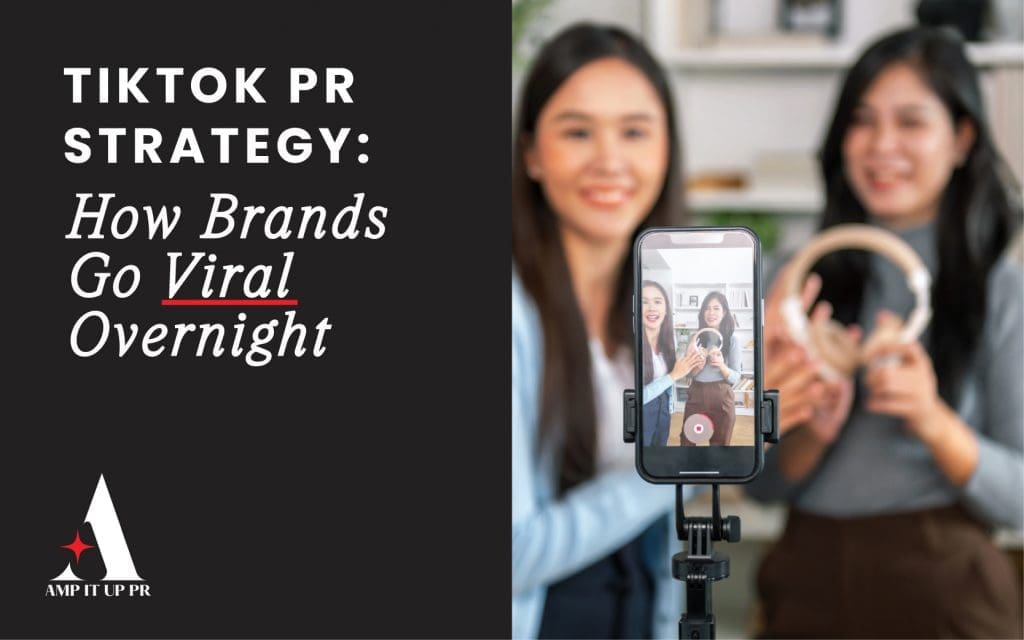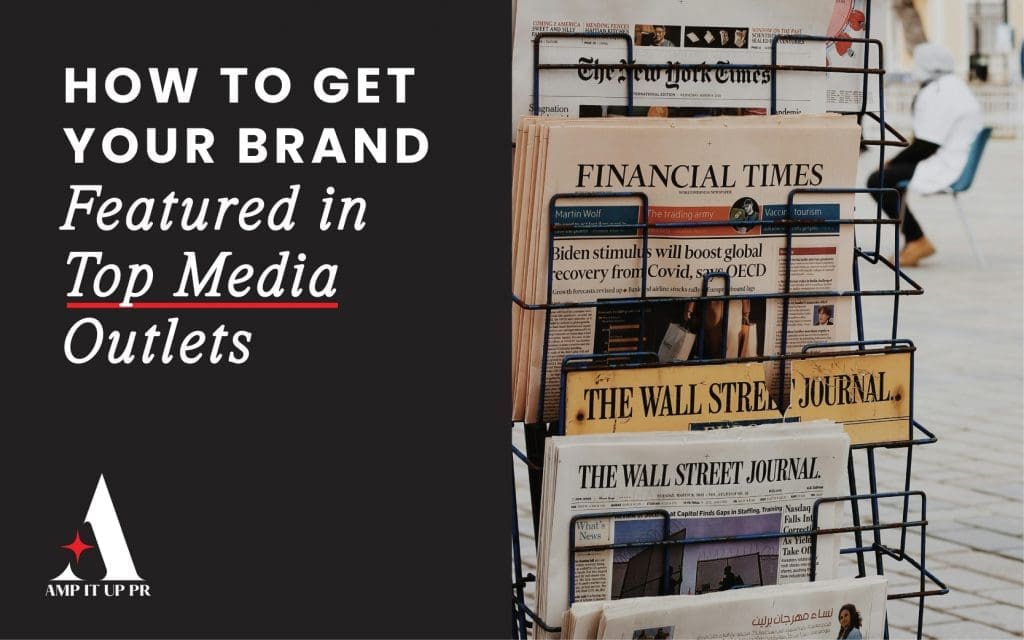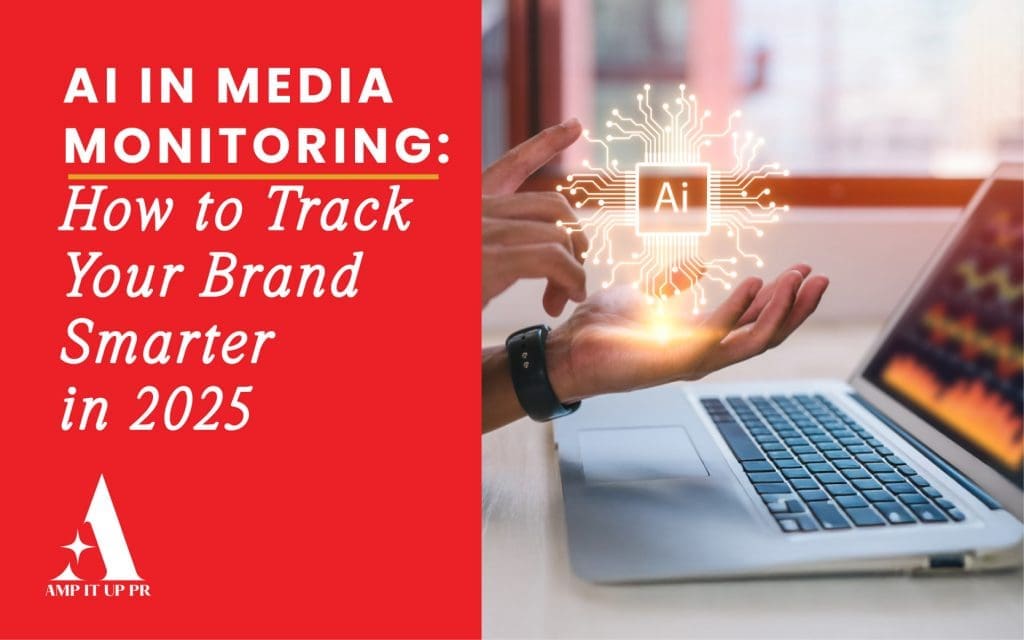If you’ve scrolled social media in the past 24 hours, chances are you’ve seen at least one meme. From quick reaction images to viral formats that sweep across platforms, memes are no longer just jokes shared among friends—they’re cultural touchpoints. For brands, they represent a powerful tool for connection, relatability, and virality.
But memes are more than entertainment. When harnessed strategically, they become an essential part of public relations campaigns, amplifying brand messages in ways traditional media often cannot. In today’s digital-first world, meme marketing PR blends humor with storytelling to humanize brands and spark conversations that audiences actually want to join.
Why Memes Belong in Modern PR
Public relations has always been about crafting narratives that resonate with people. Historically, this was achieved through press releases, news coverage, and carefully controlled campaigns. But in the age of TikTok, X, and Instagram, people don’t want only to be informed—they want to be entertained.
Memes deliver exactly that. They work because they’re:
-
Fast and digestible: Audiences can “get it” in a split second.
-
Culturally relevant: Memes tie into trending conversations.
-
Highly shareable: People repost memes more often than branded ads.
-
Authentic: Memes don’t feel like corporate messaging—they feel like internet culture.
This makes them invaluable in PR. When crafted carefully, memes give brands a chance to enter cultural conversations in a way that feels natural, rather than forced. A smart meme marketing PR strategy balances humor with brand positioning, ensuring that while audiences laugh, they also remember the brand’s voice and values.
How Meme Marketing Builds Engagement
The beauty of memes lies in their dual nature: they are both funny and strategic. Humor lowers defenses and makes people receptive. Once the audience laughs or relates, the brand message slips in naturally. This leads to:
-
Higher engagement rates: Memes often outperform traditional posts in likes, comments, and shares.
-
Brand memorability: People remember a witty meme far longer than a generic ad.
-
Community building: Memes foster a sense of “insider knowledge” among followers.
-
Earned media potential: A viral meme can attract press coverage, amplifying reach beyond the platform.
Think of memes as the word-of-mouth of the internet age—except the “word” is a clever image or caption, and it spreads at lightning speed.
Case Studies: Brands Winning with Meme Marketing PR
1. Ryanair: Self-Deprecating Humor That Flies
Ryanair has turned itself into a meme machine, posting snarky, self-deprecating content about budget travel. Instead of hiding its reputation for low-cost services, the airline leans into it with witty TikToks and memes. The result? Millions of engagements and a cult-like social following.
2. Netflix: Memes as Marketing Tools
Netflix consistently uses memes to promote its shows. By creating reaction images from its own content, the brand sparks conversations while reinforcing its library. A single meme can trend for days, bringing in viewers who might otherwise skip a series.
3. Duolingo: The Owl That Became a Meme Icon
Duolingo’s green owl is infamous for “haunting” users about missed lessons. Instead of avoiding the joke, the brand leaned into it—turning the mascot into a snarky, meme-filled TikTok presence. The results? A massive spike in followers, earned press coverage, and a reputation for being one of the funniest brands online.
These cases prove that meme marketing PR is not about random jokes—it’s about aligning humor with brand identity.
The ROI of Meme Marketing
One common misconception is that memes are too frivolous to impact business results. In reality, they can deliver significant ROI:
-
Cost efficiency: A clever meme costs far less to produce than a polished ad campaign.
-
Organic reach: Viral memes spread without ad spend.
-
Brand lift: Studies show humorous content increases positive brand perception.
-
Conversion potential: When tied to CTAs or promotions, memes can drive clicks and sales.
For example, Chipotle’s #GuacDance TikTok challenge—a meme-inspired campaign—generated over 250,000 video submissions and led to record guacamole sales. Humor, when executed with PR intent, drives measurable outcomes.
The Risks of Meme Marketing (and How to Avoid Them)
Of course, memes aren’t risk-free. Brands that jump on the wrong trend or misread cultural tone can quickly become the subject of ridicule rather than applause. Common pitfalls include:
-
Forced humor: If it doesn’t feel authentic, audiences see right through it.
-
Insensitive content: Memes tied to tragedies or sensitive issues backfire.
-
Overuse: A brand that relies only on memes risks losing credibility.
The key is balance. A meme marketing PR strategy must be culturally aware, aligned with brand voice, and tested internally before going public. PR professionals should treat memes as they would press quotes: clever, memorable, but carefully vetted.
Integrating Memes Into a PR Campaign
To be effective, memes shouldn’t exist in isolation. They should be part of a larger PR narrative. For instance:
-
Use memes to support product launches by tapping into trending humor.
-
Deploy memes during crisis communications as a lighthearted way to defuse tension (if appropriate).
-
Repurpose memes into earned media pitches, showing journalists how your brand participates in culture.
At AMP IT UP PR, we often design meme strategies alongside influencer partnerships and press outreach. The result? Campaigns that feel native to social culture, while still driving traditional PR value.
The Future of Meme Marketing PR
As AI tools make meme creation faster and easier, brands will need to stay even sharper in how they use them. The future of meme marketing PR will likely include:
-
AI-personalized memes tailored to specific audiences.
-
Interactive memes that invite users to remix and co-create.
-
Cross-platform consistency, where memes on TikTok, Instagram, and LinkedIn work together.
-
Integration with social commerce, where memes directly drive sales.
What won’t change is the need for human insight. At the end of the day, memes work because they capture the cultural mood. No algorithm can replace the instincts of a PR team that understands audiences deeply.
AMP IT UP PR: Turning Humor Into Strategy
At AMP IT UP PR, we don’t treat memes as throwaway jokes. We treat them as strategic communication tools. Our team monitors trends in real time, crafts on-brand humor, and integrates meme content into broader PR campaigns. Whether you’re aiming for a viral hit or a subtle cultural nod, we ensure memes work for your brand—not against it.
We’ve helped clients use memes to spark conversation around product launches, reposition brand identities, and even rebuild credibility after negative press. By combining humor with data-driven strategy, we transform internet jokes into business outcomes.
Memes Are PR Currency
In 2025, memes are more than just funny pictures—they’re the language of the internet. Brands that learn to speak that language authentically earn engagement, loyalty, and cultural relevance. Those that ignore it risk sounding outdated or disconnected.
A strong meme marketing PR strategy doesn’t chase laughs for the sake of it. It aligns humor with purpose, ensuring every post strengthens brand identity and drives results.
Checkout our services, learn about our team on Our Team page, or Book a Consultation with us to explore how we can elevate your brand. For a custom quote, check out our Get a Quote page, or reach out directly via our Contact Us page to start amplifying your brand’s presence. Let’s work together to amplify your brand!

